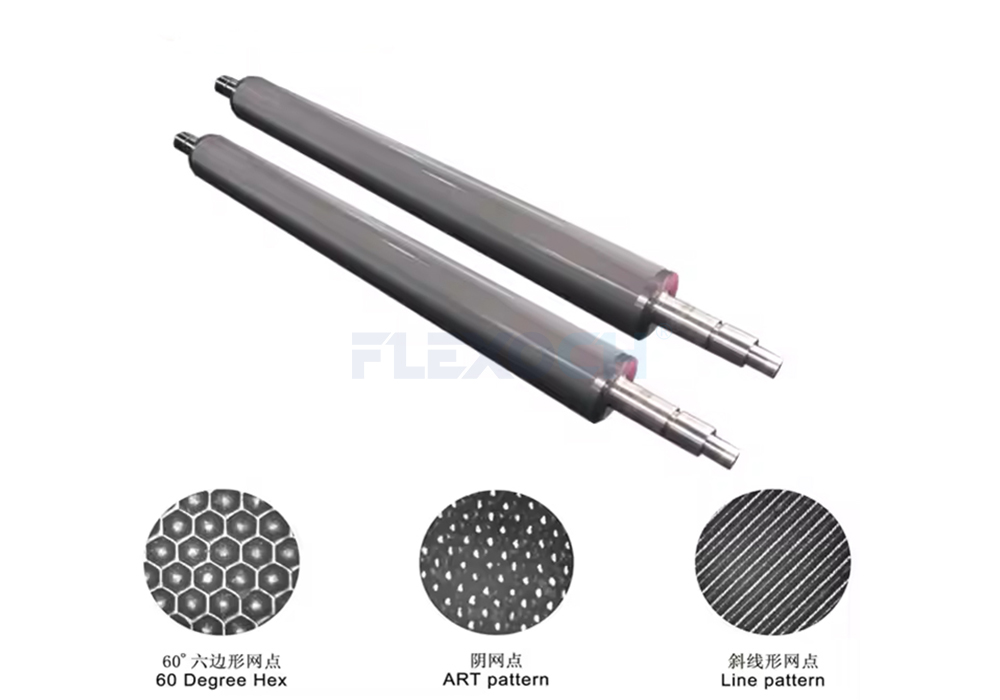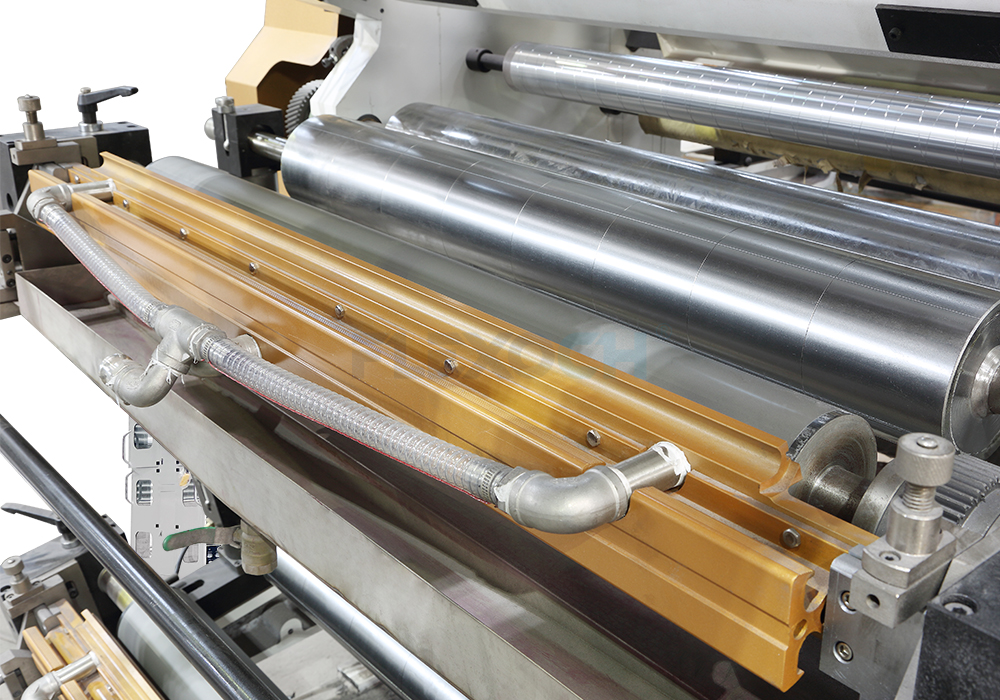In the packaging and printing industry, stack-type flexo printing machines have become one of the mainstream equipment due to their advantages such as multi-color overprinting flexibility and wide applicability of substrates. Increasing printing speed is a key demand for enterprises to improve production efficiency and reduce unit costs. Achieving this goal relies on the systematic optimization of core hardware components. The following sections provide a detailed analysis of optimization directions and technical pathways from five core hardware categories.
I. Transmission System: The "Power Core" of Speed
The transmission system determines operating speed and stability. Optimization must focus on precision and power:
● Servo Motors and Drives: Achieve electronic precision synchronization of all units, completely eliminating torsional vibration and backlash in mechanical transmission, reducing speed fluctuations, and ensuring accurate overprinting even during acceleration and deceleration.
● Transmission Gears and Bearings: Utilize hardened, high-precision gears to reduce meshing errors; replace with high-speed, silent bearings filled with high-temperature resistant grease to minimize friction and high-speed noise.
● Transmission Shafts: Select high-strength alloy steel, tempered to increase hardness; optimize shaft diameter design to avoid deformation during high-speed rotation, ensuring transmission stability.
● Machine Details

II. Inking and Printing Units: Ensuring Color Quality at High Speeds
After increasing the speed of a stack type flexo printing machines, maintaining stable and uniform ink transfer is core to preserving print quality.
● Anilox Rollers: Replace with laser-engraved ceramic anilox rollers; optimize cell structure to increase ink volume capacity; adjust screen count according to speed to ensure efficient ink layer transfer.
● Ink Pumps and Paths: Upgrade to variable frequency constant-pressure ink pumps, using pressure sensors to stabilize ink supply pressure; utilize large-diameter, corrosion-resistant pipes to reduce ink path resistance and ink stagnation.
● Enclosed Doctor Blades: Effectively prevent ink misting and maintain consistent doctoring pressure through pneumatic or spring constant-pressure devices, ensuring uniform ink application at high speeds of stack-type flexographic printing presses.

Anilox Roller

Chamber Doctor Blade
III. Drying System: The "Curing Key" for High Speed
Increased printing speed of stack-type flexographic printing presses significantly reduces the dwell time of ink or varnish in the drying zone. Powerful drying capability is essential for continuous production.
● Heating Units: Replace traditional electric heating tubes with infrared + hot air combination systems. Infrared radiation accelerates ink temperature rise; adjust temperature according to ink type to ensure rapid curing.
● Air Chambers and Ducts: Employ multi-zone air chambers with internal baffles to improve hot air uniformity; increase exhaust fan power to quickly expel solvents and prevent their recirculation.
● Cooling Units: Install cooling units after drying to rapidly cool the substrate to room temperature, setting the ink layer and effectively preventing issues like set-off caused by residual heat after rewinding.
IV. Tension Control System: The "Stability Foundation" for High Speed
Stable tension is crucial for stack-type flexo printing presses to avoid misregistration and substrate damage:
● Tension Sensors: Switch to high-precision sensors for faster response times; collect real-time tension data for feedback to promptly capture sudden tension changes at high speeds.
● Controllers and Actuators: Upgrade to intelligent tension controllers for adaptive adjustment; replace with servo-driven tension actuators to improve adjustment accuracy and maintain stable substrate tension.
● Guide Rolls and Web Guiding Systems: Calibrate guide roll parallelism; use chrome-plated guide rolls to reduce friction; equip with high-speed photoelectric web guiding systems to correct substrate misalignment and avoid tension fluctuations.
V. Plate and Impression Components: The "Precision Guarantee" for High Speed
High speeds place greater demands on overprinting accuracy, requiring optimization of key components:
●Printing Plates: Utilize photopolymer plates, leveraging their high elasticity and wear resistance to extend lifespan; optimize plate thickness according to speed to reduce impression deformation and ensure accurate overprinting.
● Impression Rollers: Select rubber rollers with high adaptability, precision-ground to ensure flatness; equip with pneumatic impression adjustment devices to regulate pressure, avoiding substrate deformation or poor print density.
● Video Introduction
Conclusion: Systematic Optimization, Balancing Speed and Quality
Increasing the speed of stack flexo printing machine requires "collaborative optimization" of all five systems: transmission provides power, inking ensures color, drying enables curing, tension stabilizes the substrate, and plate/impression components guarantee precision. None can be neglected.
Enterprises need to develop personalized plans based on their substrate types, accuracy requirements, and current equipment status. For example, film printing should prioritize strengthening the tension and drying systems, while carton printing should focus on optimizing plates and impression rollers. Scientific planning and phased implementation enable efficient speed increases while avoiding cost waste, ultimately achieving dual improvements in efficiency and quality, thereby solidifying market competitiveness.
Post time: Oct-03-2025





